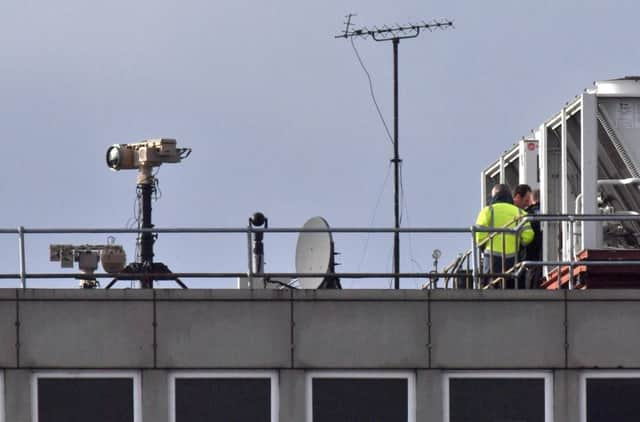Easyjet takes £15m hit from drone chaos at Gatwick


The group said it booked £10 million in extra costs and £5 million in lost revenues after more than 400 of its flights were cancelled when the drone sightings brought Gatwick to a standstill just before Christmas.
Chief executive Johan Lundgren said the group “did everything we could to help our customers affected by the incident”.
Advertisement
Hide AdAdvertisement
Hide AdHe added: “There has been a one-off cost impact from this incident, but underlying cost progress is in line with expectations.
“I am proud of the way our teams worked around the clock to mitigate the impact of the incident and looked after affected customers.”
But Mr Lundgren said the incident was a “wake-up call” for airports.
He said: “We were disappointed that it took a long time to resolve.”
But he said it was a “criminal act and illegal activity”.
Advertisement
Hide AdAdvertisement
Hide Ad“You can’t always protect yourself from that, but it’s a wake-up call and airports will be better prepared going forward.”
In its first-quarter update, the group said it was “well prepared” for Brexit and had not seen an impact on passenger bookings ahead of March 29.
It added: “Both the EU and the UK have committed to ensure that flights between the UK and EU will continue in the event of a no-deal Brexit.”
Mr Lundgren said: “For the first half of 2019, booking levels currently remain encouraging despite the lack of certainty around Brexit for our customers.”
Advertisement
Hide AdAdvertisement
Hide AdBut the first quarter saw a lower-than-expected rise in passenger capacity to 24.1 million seats due in part to the drone disruption.
Overall the group said full-year expectations are “broadly” in line with market forecasts.